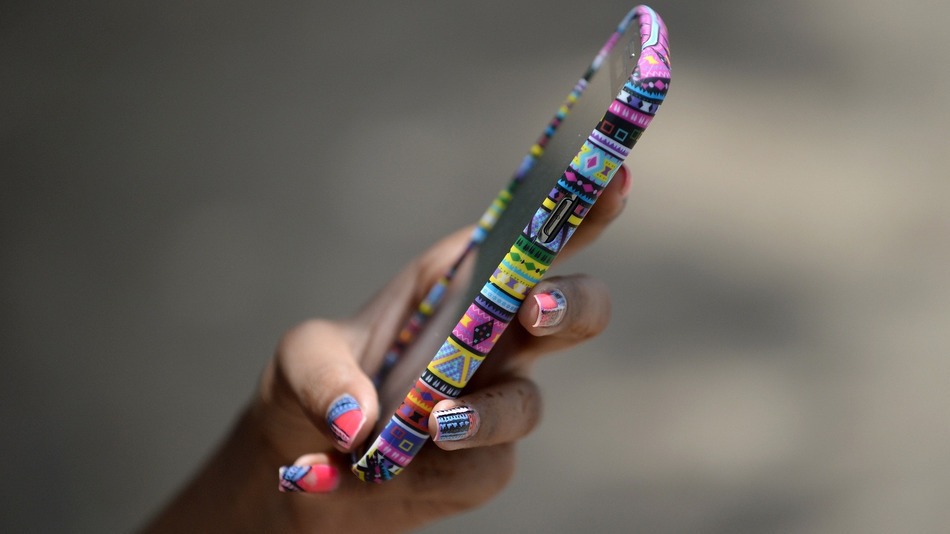As a method to provide emergency assistance to women in India, beginning in 2017, all mobile phones will be equipped with a panic button allowing users to make emergency calls. Furthermore, by 2018, it will be mandatory for all devices to have built-in GPS navigation.

The government-mandated panic button works by pressing a designated button on a smartphone, or the keys for 5 or 9 on basic phones; this will initiate dialing emergency services. Smartphone users can also make an emergency call by pressing the panic button for a long hold, or by pressing the power on and off button in quick succession three times. While India does not have a 911 or 999 equivalent, a centralized “112” number is set to be introduced in the upcoming months.
All manufacturers, such as Apple and Samsung, will be required to abide by the new rules and introduce software updates for phones sold in India.
“Technology is solely meant to make human life better and what better than using it for the security of women,” India’s telecom minister Ravi Shankar Prasad said in a statement.
The feature was first proposed by India’s minister for women and child development, Maneka Gandhi, in 2015 as part of a series of initiatives designed to protect women and children. According to government data, a rape occurs in India every 30 minutes.
Many companies have already created safety apps with similar features, such as Safetipin, bSafe, iSafety, TellTail, and Delhi Police’s Himmat. Others, such as SAFER by Leaf Wearables, are even linked to smart jewelry and wearable devices.
Via Mashable
Advertisement
Learn more about Electronic Products Magazine





